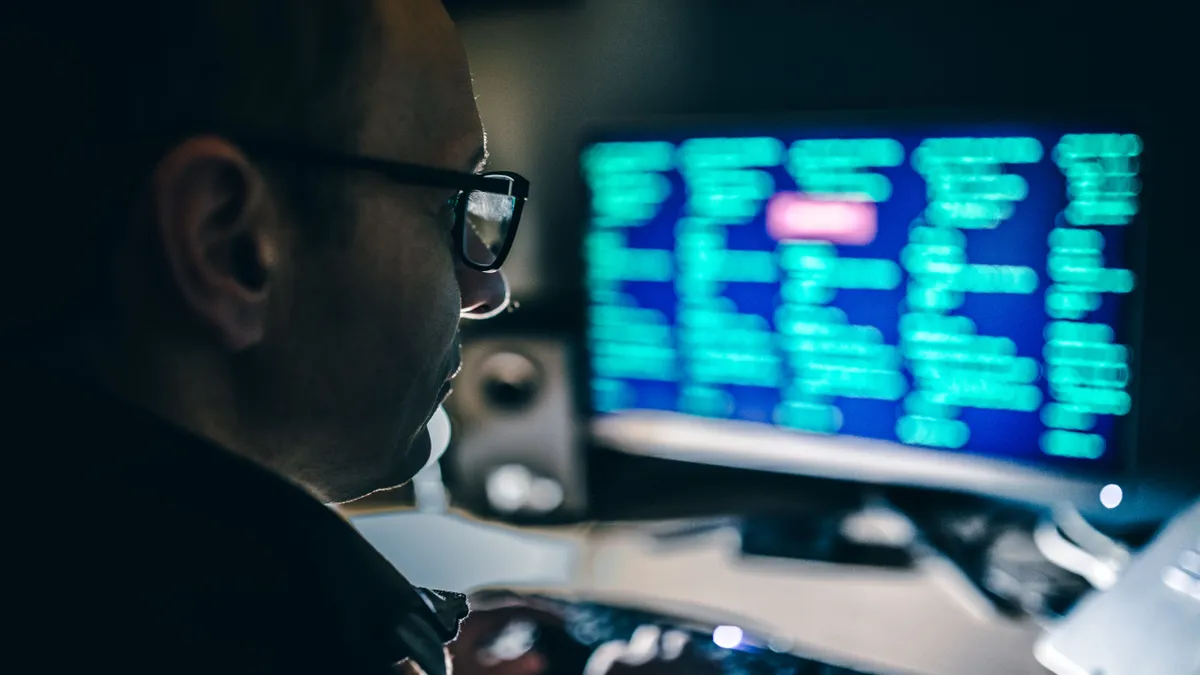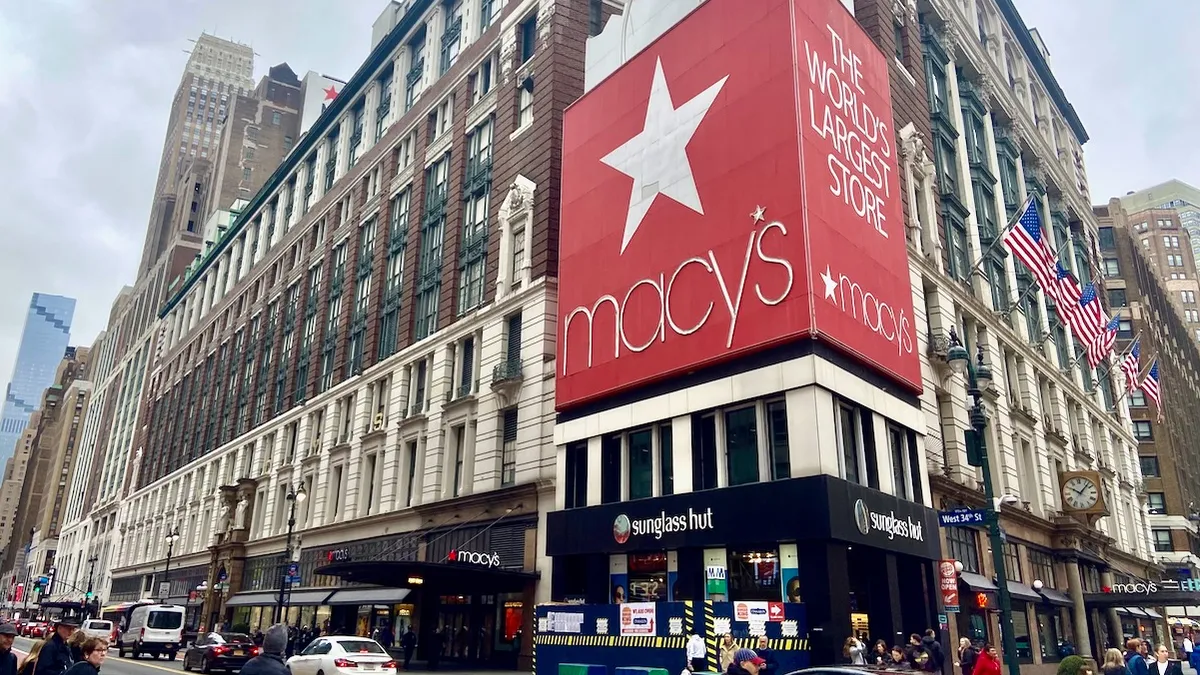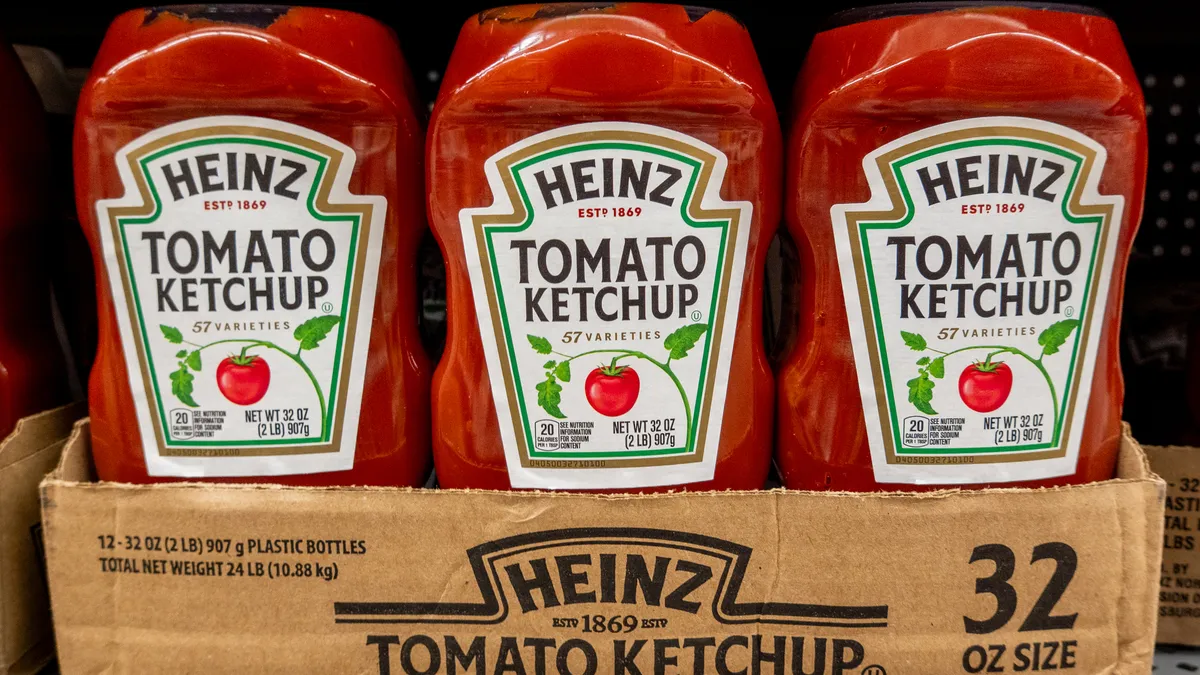Up to half of the purchase orders from the purchasing department at Chicago-based manufacturer JBT required a change before the product was received. Buyers had to comb through thousands of lines on a spreadsheet to update quantities or other parameters and send the supplier new information by phone, fax or email.
To tame the beast, Terri Decker, supply chain performance manager, turned to a tool that communicates order changes in real time with suppliers and confirms that the supplier knows about the revised order.
"If there are no more changes, we just wait for the product to come in," she said.
The tool, SourceDay, is a supply chain collaboration tool that's part of the emerging wave of procurement technology that companies are using to manage spend. One customer was able to save $35 million in revenue during the COVID-19 shutdowns by automating purchase-order management, SourceDay CEO Tom Kieley said.
The coronavirus pandemic also highlighted the need to manage risk in the supply chain and, in turn, the need for technology and visibility. Dun & Bradstreet found that 5 million companies, including 938 of the Fortune 1000, had tier 2 suppliers in the Wuhan region in China, where COVID-19 first appeared.
"It's critical to understand your supplier's supplier, but right now, it's a very manual process to build a database that can then be tracked via automation," said Bryan Fuller, executive director at CAPS Research.
Expect tech to be smarter
Procurement technology is advancing on an arc from automation to intelligence. Historically, procurement has been a paperbound process built on requests for quotation and purchase orders that requires manual input, reviews and signatures. In the past 15 years or so, companies have adopted procurement technology to automate processes to reduce administrative costs and bring them into the digital age.
Turning transactional processes over to robotic process automation is common today. Robots aren’t replacing humans, but rather software can automate repetitive, transactional tasks, such as paying vendor invoices or replenishing inventory levels based on triggers like the amount of product shipped.
When repetitive tasks are automated, the procurement staff can focus on high-impact decisions instead of managing purchase orders.
"Automation frees our buyers up to do other things to help improve our supply chain," Decker said.
Time to 'plateu of productivity' for procurement technologies
| 2 years or sooner | 2-5 years | 5-10 years | 10 years or later |
|---|---|---|---|
| Supplier e-invoicing | AI-based AP invoice automation | B2B network intelligence | Autonomous procurement |
| Contract lifecycle management | Category management solutions | ||
| Procure-to-pay suites | Embedded analytics | ||
| RPA in procurement | Supplier risk management | ||
| Source-to-settle solutions | Tail spend procurement |
Gartner
The next step is using prescriptive analytics to understand contracts and spending and make recommendations, Fuller said.
Beyond that, expect tech to get even smarter.
"Around the corner is artificial intelligence or predictive analytics to tell you what to order and when, based on signals it has learned, like weather or consumption patterns, and can fully execute orders on its own," Fuller said.
For some companies, the future is already here. Jacob Gorm Larsen, head of digital procurement at Maersk, has run more than 10,000 e-auctions, online reverse auctions where the buyer posts a request and suppliers bid to win the contract. The process saves buyers from pursuing multiple quotes and helps determine the best market price.
The auction can include performance requirements, so it's not only focused on price. Some auctions use robotic process automation to invite suppliers to participate without a buyer's input.
"It's a fully automated negotiation process," said Larsen, who has written a book, "A Practical Guide to E-Auctions for Procurement," about the process. "It's a market-driven negotiation, and I believe most procurement categories can be exposed to an auction with success," Larsen said.
Maersk has also developed machine-learning tools that automate reading and interpreting contracts for more than 15,000 suppliers. "We can search for contracts that have specific clauses and determine that we have a certain degree of compliance with that clause, instead of reading every contract," Larsen said.
Data in, data out
Procurement departments must first work on the fundamentals before advancing technology. It's the classic "garbage in, garbage out" problem. Even if a company uses an ERP, the data management systems may not be ready to support technology-driven procurement.
"You can't do spend analytics if your spend data isn't organized, and you can't move to blockchain if you don't have your contracts organized," Fuller said.
Today's tools require structuring data by type so that the software can understand it. Patrick Connaughton, senior director analyst with Gartner, predicted that current spend-analysis software will be replaced by tools that use unstructured data to generate insights. That way, intelligent analytical tools can use data in any format for strategic guidance and spend analysis.
"You can't do spend analytics if your spend data isn't organized."

Bryan Fuller
Executive director at CAPS Research
Tools like strategic sourcing and procure-to-pay suites may transform in the future into more comprehensive solutions that include corporate social responsibility and supplier diversity data from third parties.
To support that transition, Connaughton advocated for an open ecosystem of APIs that allow software to communicate behind the scenes to give procurement staff all the information they need in one system.
"That becomes a platform for all of your core transactional data," he said during a recent webinar.
Procurement leaders are faced with using various best-in-breed solutions for different purposes from different vendors or finding a do-it-all option. For best in breed solutions, that means information about suppliers is spread among many databases and programs.
Also, there are external factors — such as market intelligence, tariffs, labor issues and the impact of the pandemic — to take into account. Right now, it's difficult to build a holistic view of the relationship with the supplier, Fuller said.
Procurement's new face
In the future, expect corporate procurement to look more like Amazon and other consumer channels. Users may interact with an automated chatbot to determine the product they need and place an order. For some products, an Amazon-like catalog will allow users to place orders with approved vendors.
"Users can understand what the price points and delivery dates are and make a decision pretty quickly, and that expectation is bled over into the B2B world where folks want that same experience," said Matt Clark, president and COO of Corcentric, a procurement automation platform.
Procurement leaders recognize a need for tech-centric roles
Procurement organizations are looking for data analytics professionals to manage the flood of data. Larsen at Maersk Group has added data scientists to his procurement team and will add a Ph.D. student in applied mathematics for a three-year engagement.
"Ten years ago, a data scientist was not a profile we were looking for in procurement. But you have to have those skills to realize the potential of the opportunities digital brings forward," he said.
Start the digital journey with a step
The type of intelligence a company adopts will depend on what individual problems procurement teams are looking to solve in their organizations.
"They're asking how to take those technologies and make them work to solve a specific outcome," said Jim Bureau, CEO of Jaggaer.
It's best to start with a small digitization project, such as adopting RPA for accounts payable or adding predictive analytics for inventory management, rather than transform an entire purchasing department at once.
"You don't need to get there all once, and the savings from one step can fund the next step in the transformation," Clark said.
"Automation frees our buyers up to do other things to help improve our supply chain."

Terri Decker
Supply Chain Performance Manager at JBT
Driving cultural change to embrace technology may be the biggest challenge. Successful companies see it as a new way of doing business rather than overlaying technology on existing practices.
"A lot of procurement functions make the mistake of considering digitization as a project, but it's not something that's over and done with," Larsen said. "Digital is a lifestyle; it's not a diet."
This story was first published in our weekly newsletter, Supply Chain Dive: Procurement. Sign up here.





















